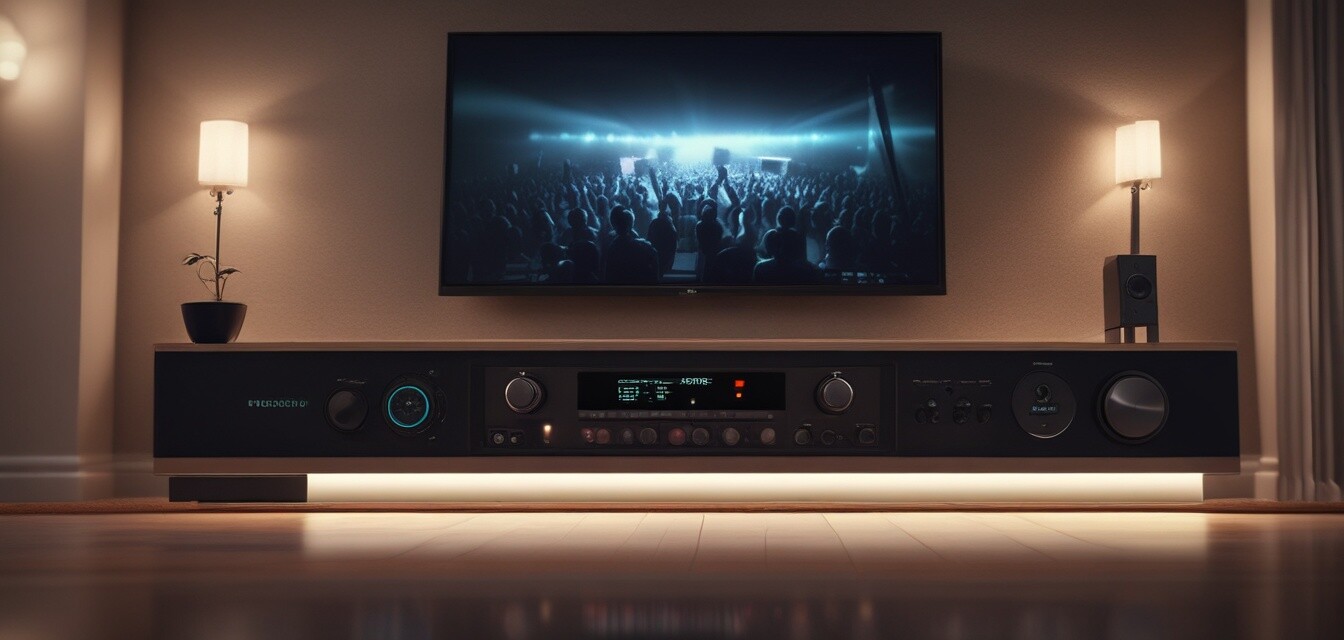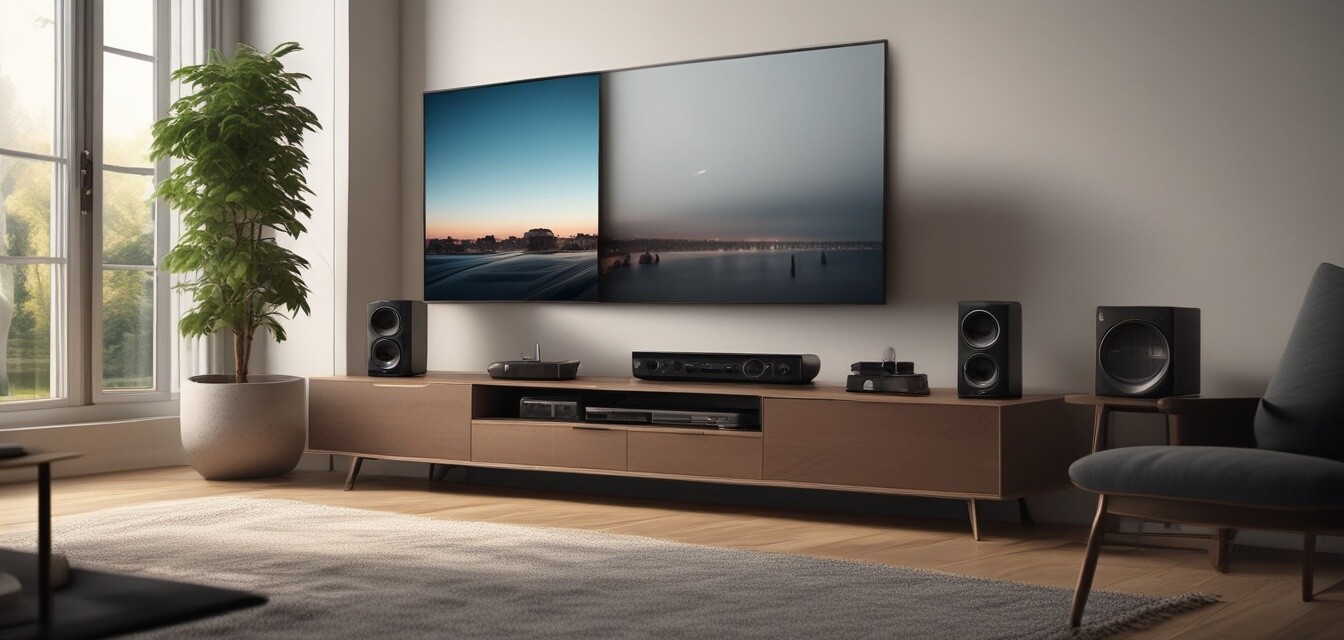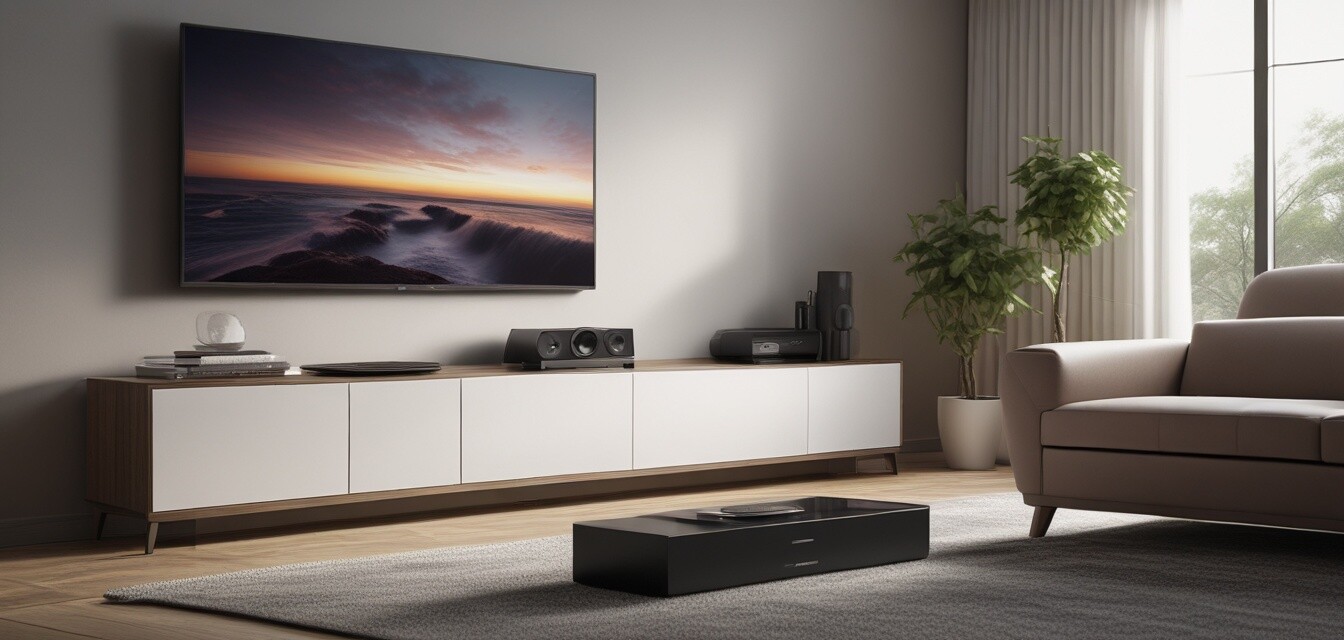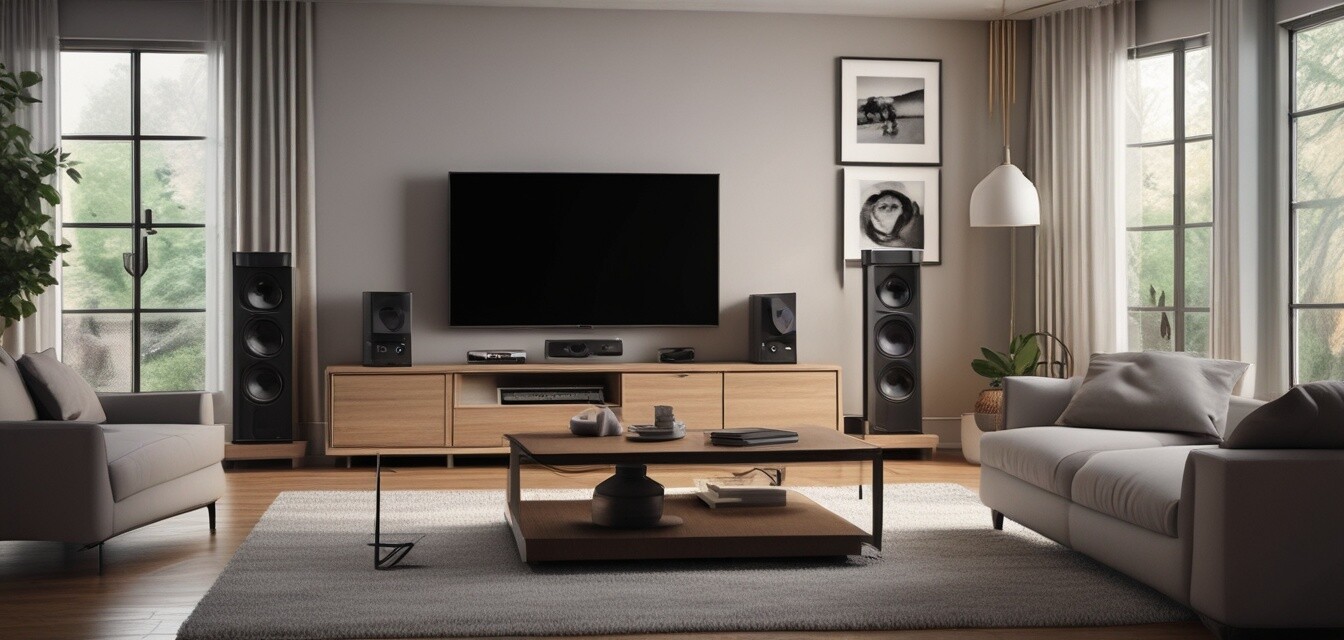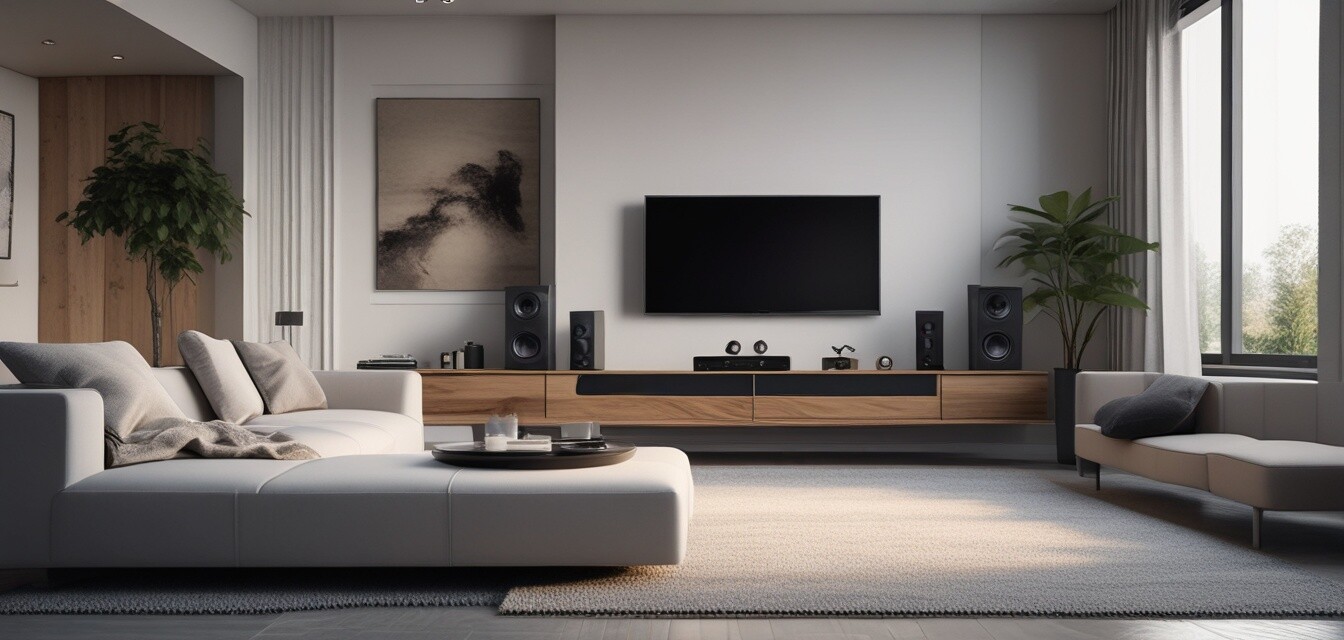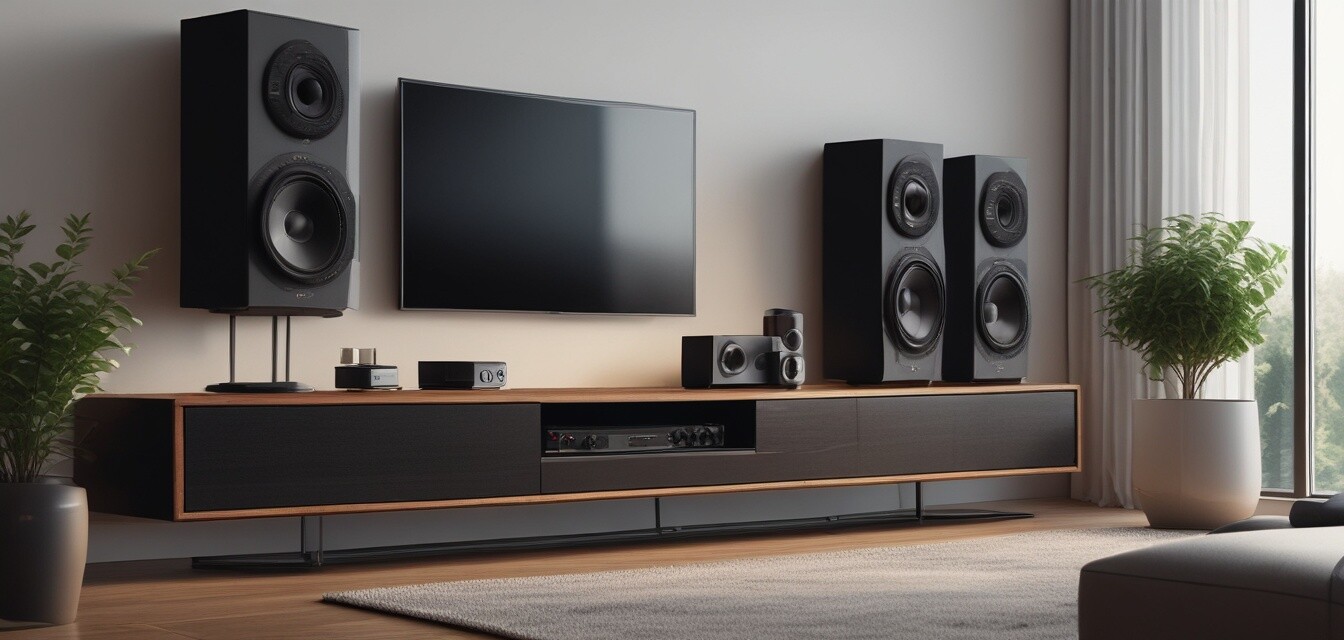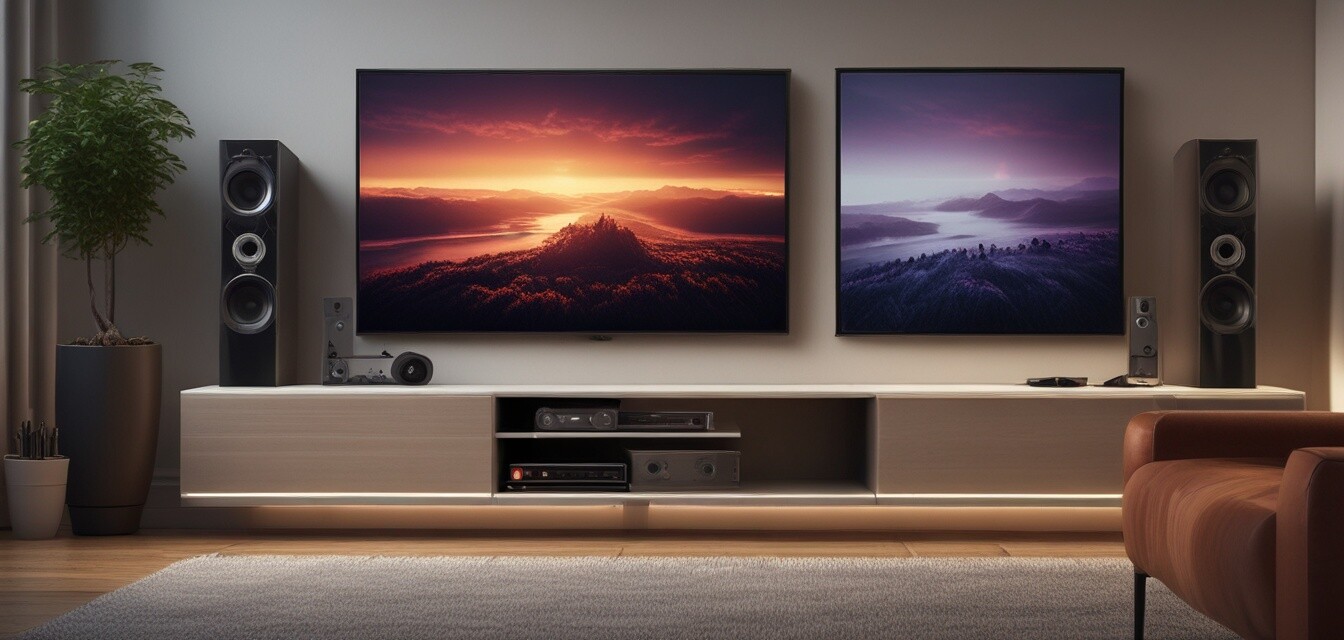
Home Audio Systems
Key Takeaways
- Home audio systems encompass various components including receivers, speakers, and subwoofers.
- Wireless technology is revolutionizing the way we experience sound at home.
- Choosing the right components can significantly enhance your audio experience.
- Proper setup and placement of audio equipment is crucial for optimal sound quality.
- Trends include smart home integration and high-resolution audio formats.
Home audio systems have come a long way in recent years, evolving into sophisticated setups that cater to audiophiles and casual listeners alike. From surround sound systems to simple wireless speakers, the options available today can transform your listening experience. This guide will provide a comprehensive overview of modern home audio systems and their components.
Components of a Home Audio System
Your home audio system can range from a simple setup to a complex arrangement of various components. Here are the main elements:
| Component | Description |
|---|---|
| AV Receivers | The central hub that connects all audio and video components, processing the signals to deliver sound. |
| Speakers | Convert electrical signals into sound. Available in various types: floor-standing, bookshelf, and satellite. |
| Subwoofers | Specialized speakers designed to reproduce low-frequency sounds, enhancing bass performance. |
| Soundbars | A compact speaker system that offers an easy solution for enhancing TV audio. |
| Wireless Speakers | Speakers that connect via Bluetooth or Wi-Fi, providing flexibility in placement. |
Popular Types of Home Audio Systems
There are several types of home audio systems, each catering to different needs and preferences.
- Surround Sound Systems: Typically consist of multiple speakers positioned around the room.
- Stereo Systems: Simple two-speaker setups that provide a classic audio experience.
- Multi-Room Audio Systems: Enable music to be played in multiple areas of the house.
- Soundbar Systems: Compact systems ideal for small spaces, often paired with a subwoofer.
Wireless Technology in Home Audio
Wireless technology has changed the landscape of home audio systems. Many components now offer wireless capabilities, allowing for seamless integration and setup. Here are some advantages of wireless technology:
Pros
- Easy to set up with minimal cables.
- Flexibility in speaker placement.
- Compatible with smart home devices.
Cons
- Potential for connectivity issues.
- Battery life limitations for portable speakers.
- Generally higher cost compared to wired systems.

Setting Up Your Home Audio System
Proper setup is essential for achieving the best sound quality. Here are some tips for setting up your home audio system:
Tips for Beginners
- Position speakers at ear level for optimal sound.
- Keep the subwoofer in a corner for enhanced bass response.
- Use speaker stands to isolate sound and prevent vibrations.
- Experiment with placement to find the sweet spot for your space.
Current Trends in Home Audio
As technology advances, so do the trends in home audio systems. Here are some of the latest innovations:
- Smart Home Integration: Many audio systems are now compatible with voice assistants and smart home platforms.
- High-Resolution Audio: Streaming services are offering higher quality audio options, appealing to audiophiles.
- Compact and Stylish Designs: Modern audio equipment is being designed to be aesthetically pleasing and space-efficient.
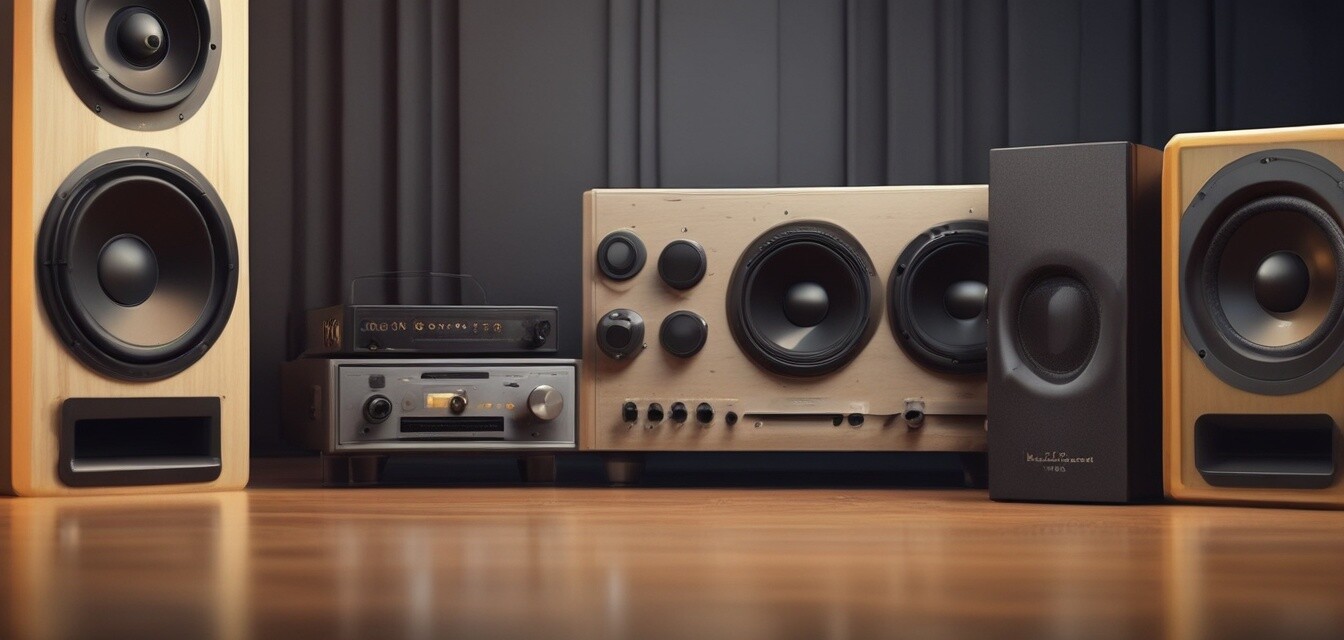
Conclusion
In summary, home audio systems have evolved significantly, offering a variety of options to suit different preferences and budgets. Understanding the components and current trends can help you create a personalized audio experience that enhances your home entertainment. For more detailed information on specific components, check out our pages on AV Receivers, Soundbars, and Subwoofers.
With the right setup and components, you can enjoy an immersive audio experience that brings your favorite music and movies to life. Explore the latest innovations in the home audio space and find the perfect system for your needs.

